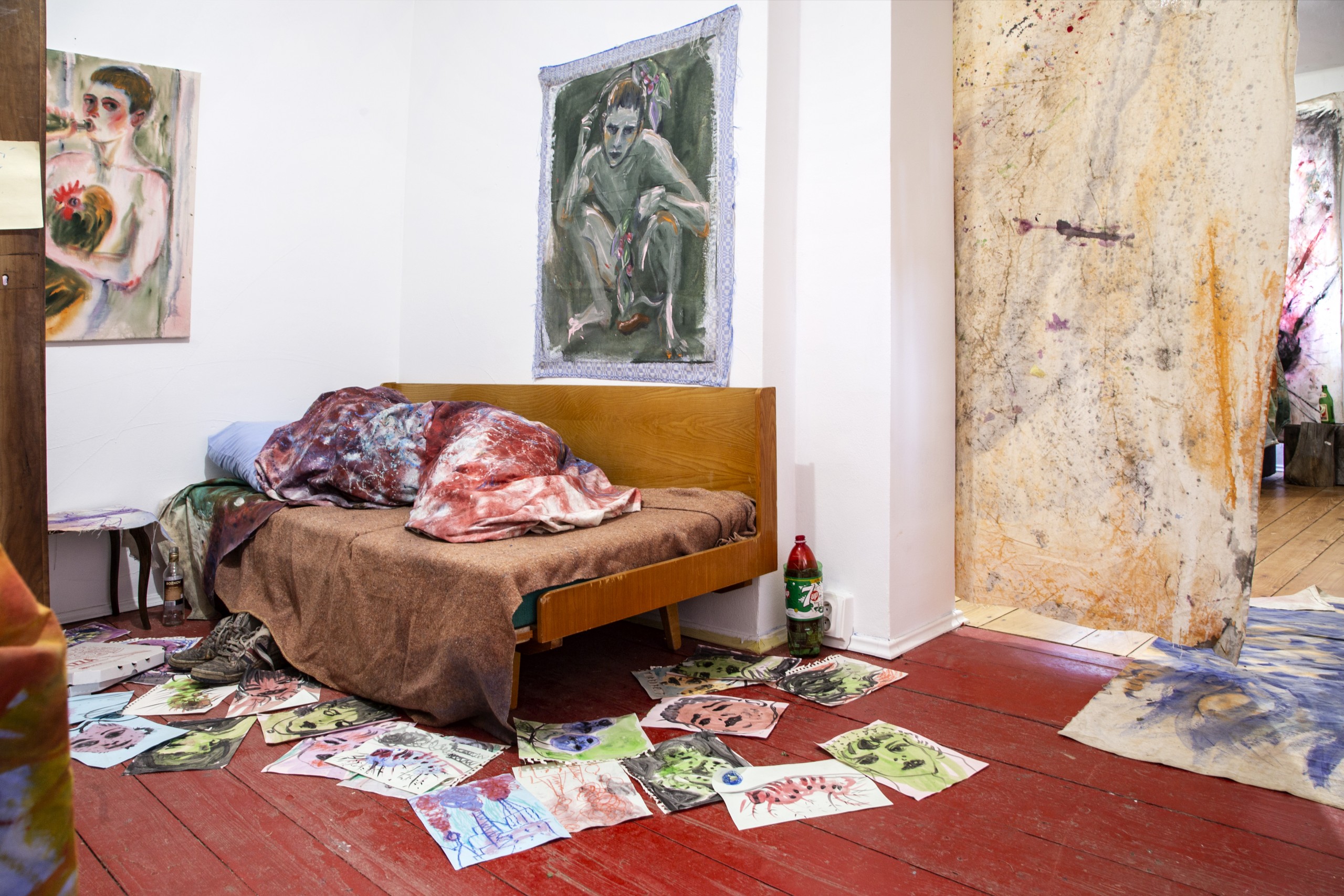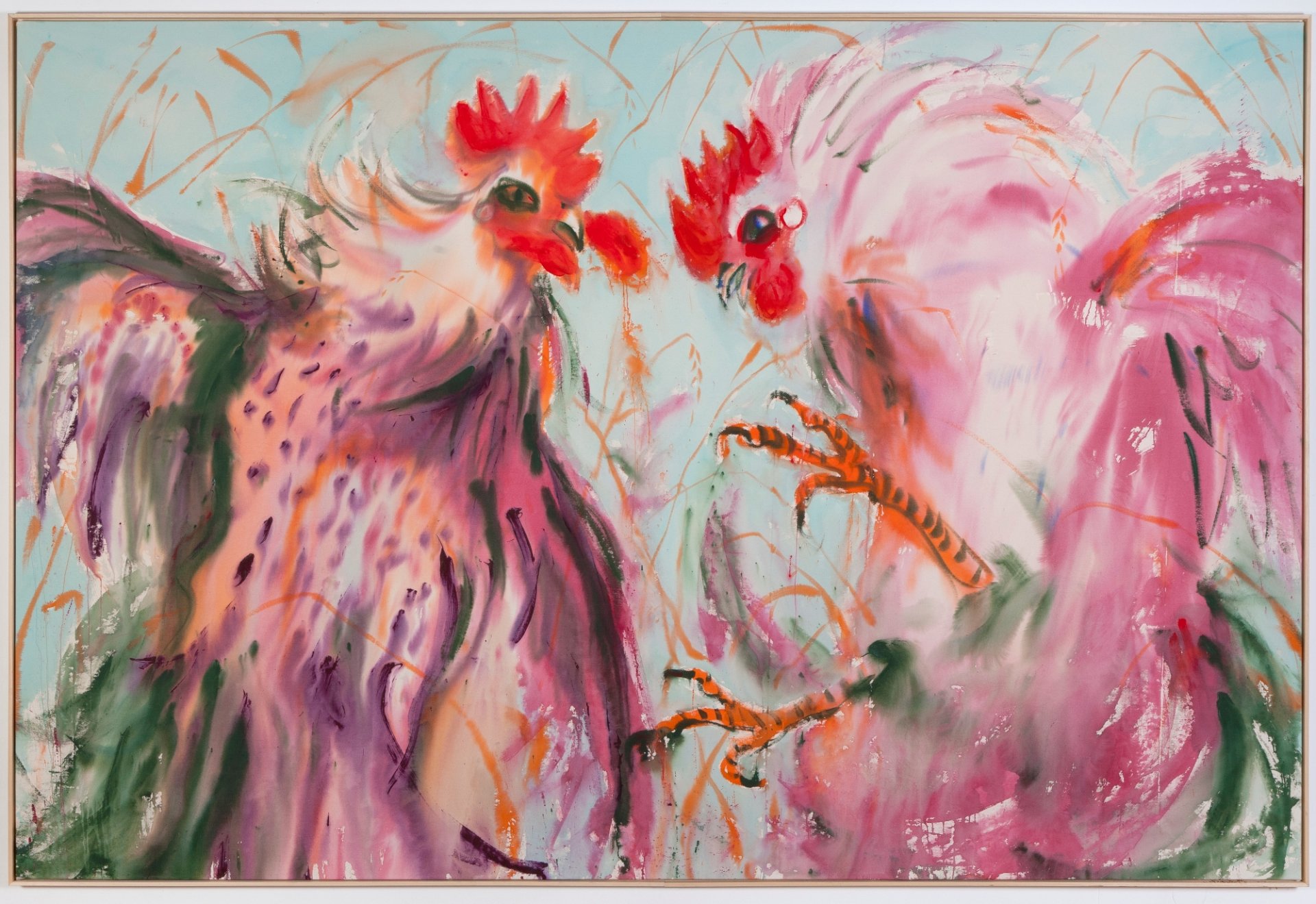fermented house
08/09/2020 - 06/09/2020
Hájovňa
Banská Štiavnica

Fermentation is a chemical process in which microorganisms convert sugars into acid, gas, alcohol… depending on the type of microorganisms… These microorganisms create an environment that prevents (e.g. food) from decay, toxin contamination and mold etc. As an example, live cultures in kombucha convert sweet black tea into acetic acid. Our body contains almost the same amount of our own cells compared to bacteria -that thrives especially in our guts. This bacteria influences our taste, immunity and behavior. How much is it our free will and how much do we just serve the microbiome in our guts? Each of us is in a way a “Fermented house”. On the other hand we all live in a “glass preserve.








